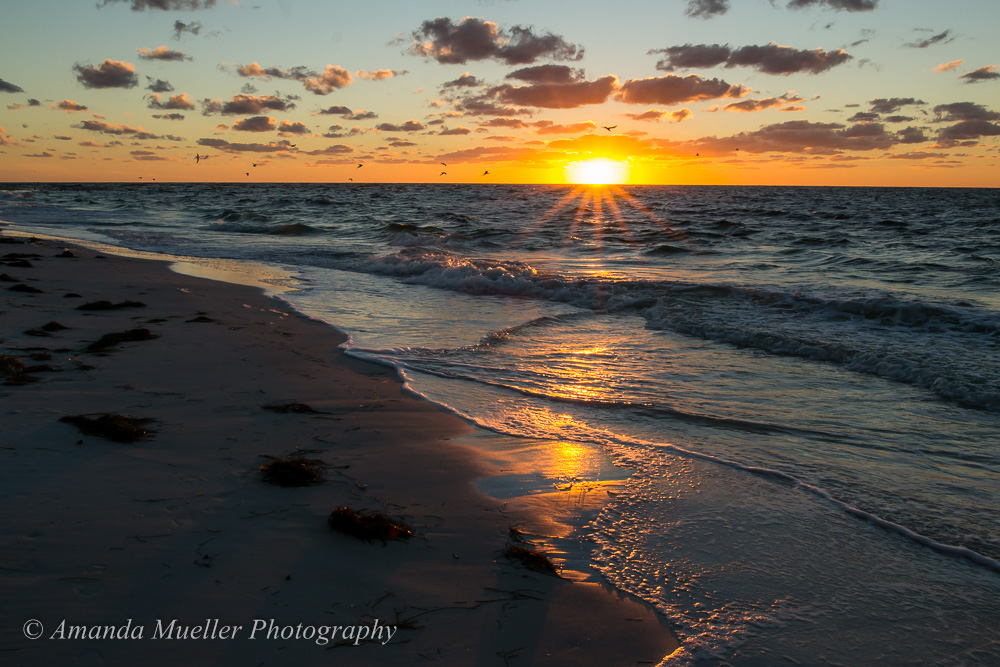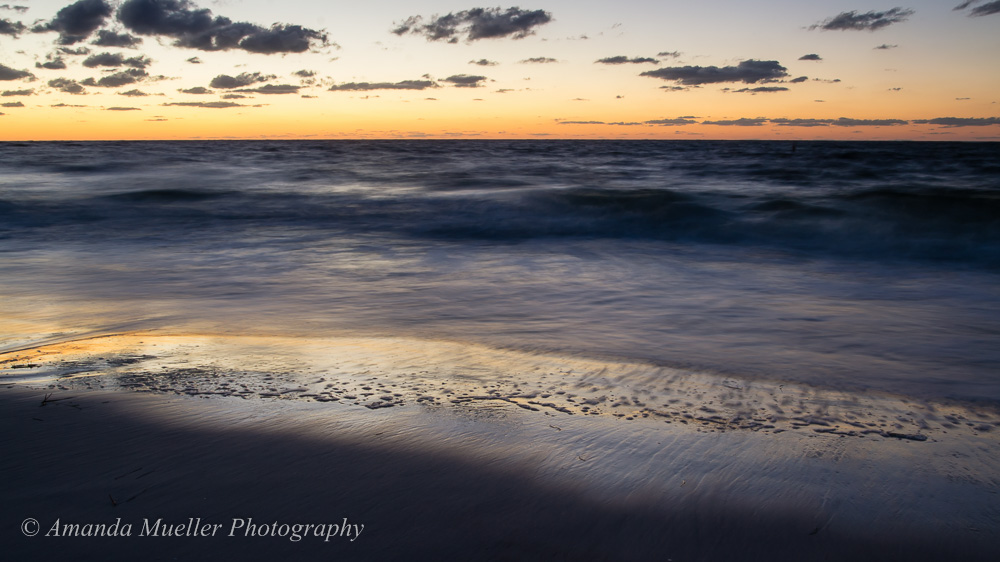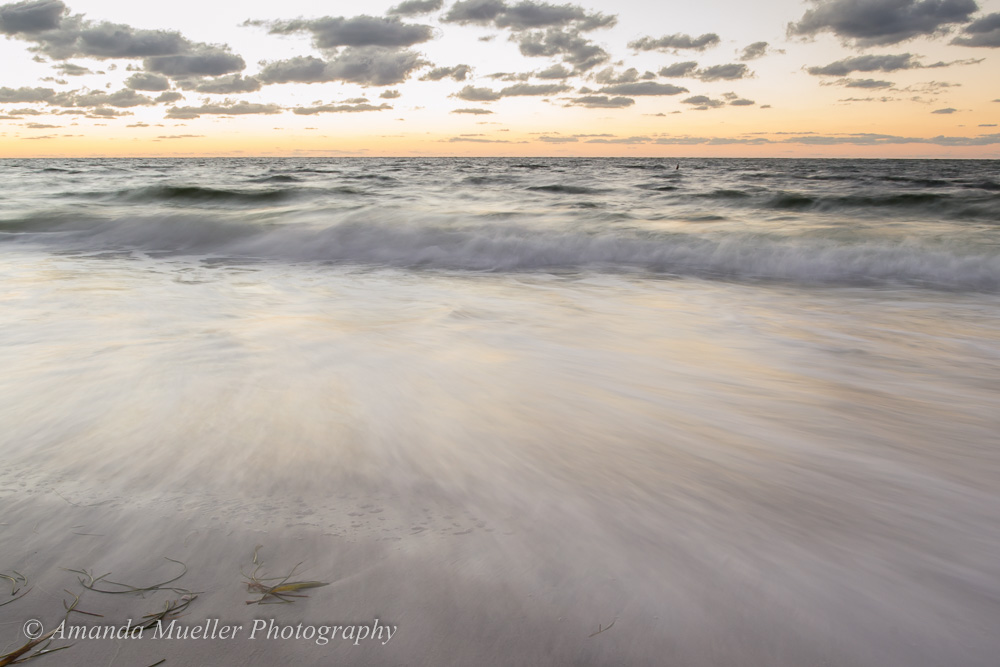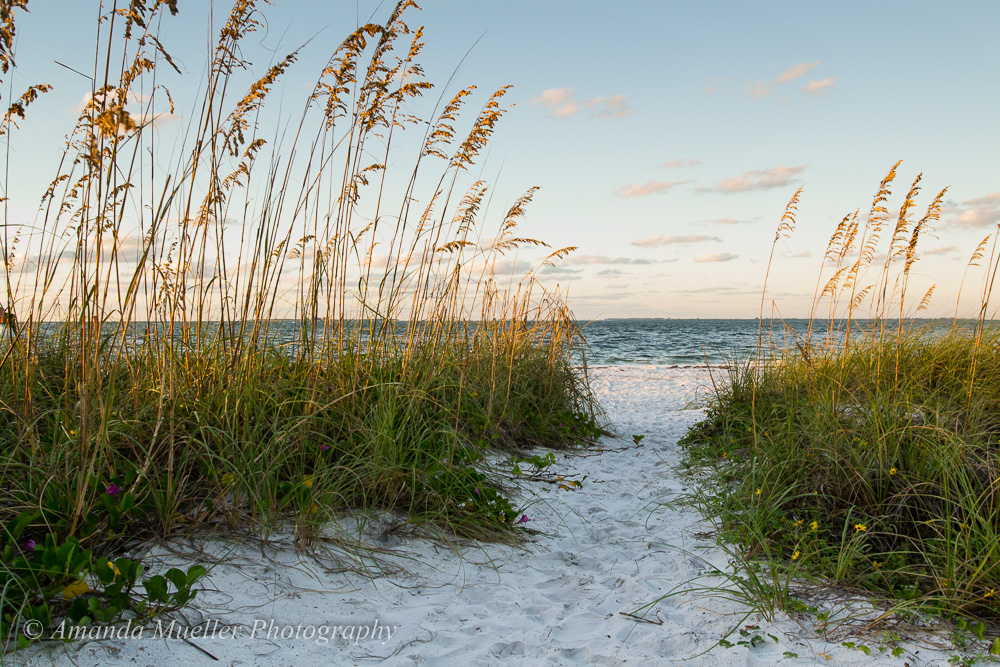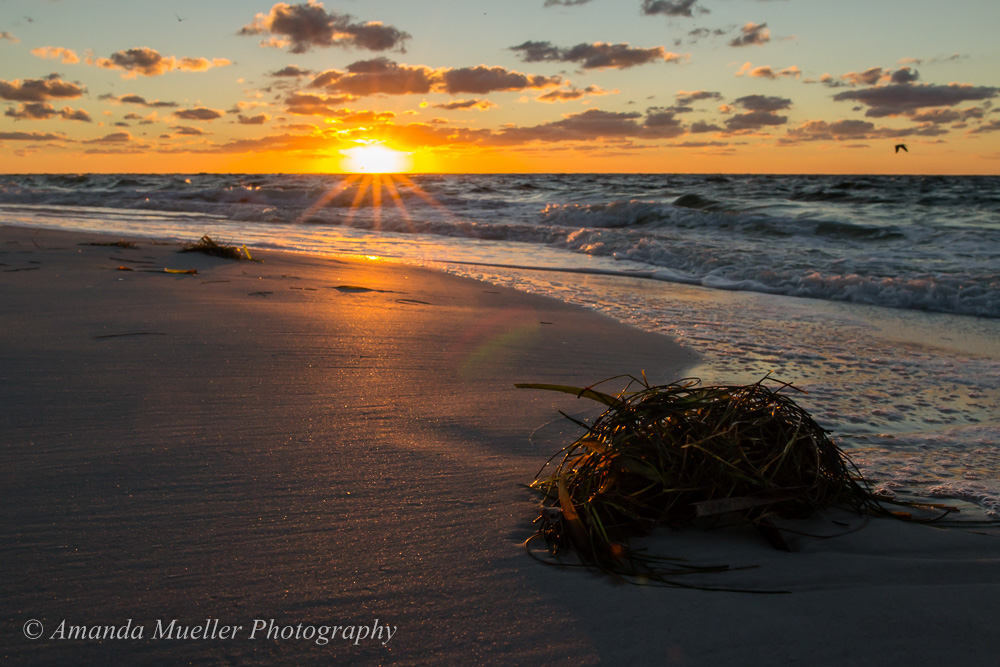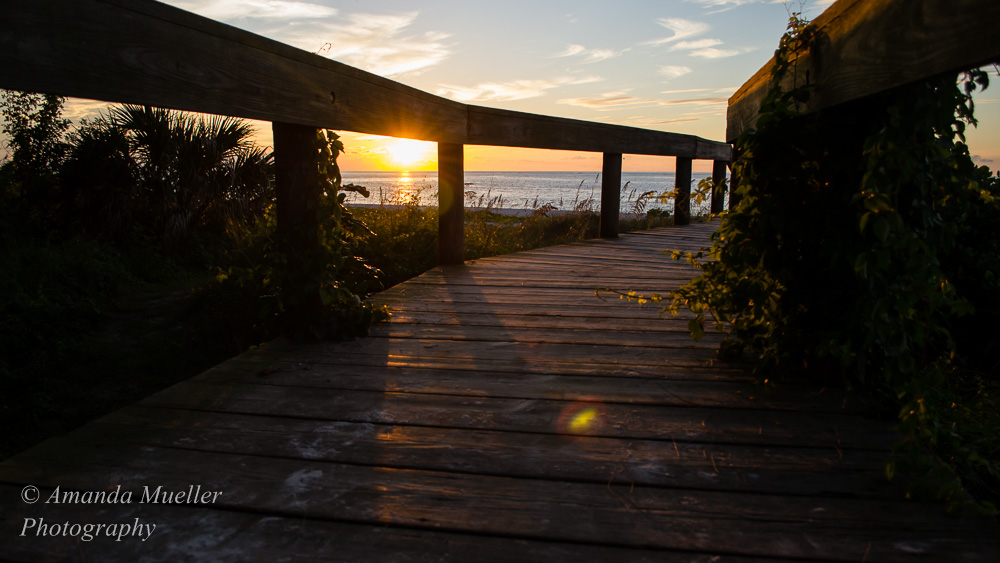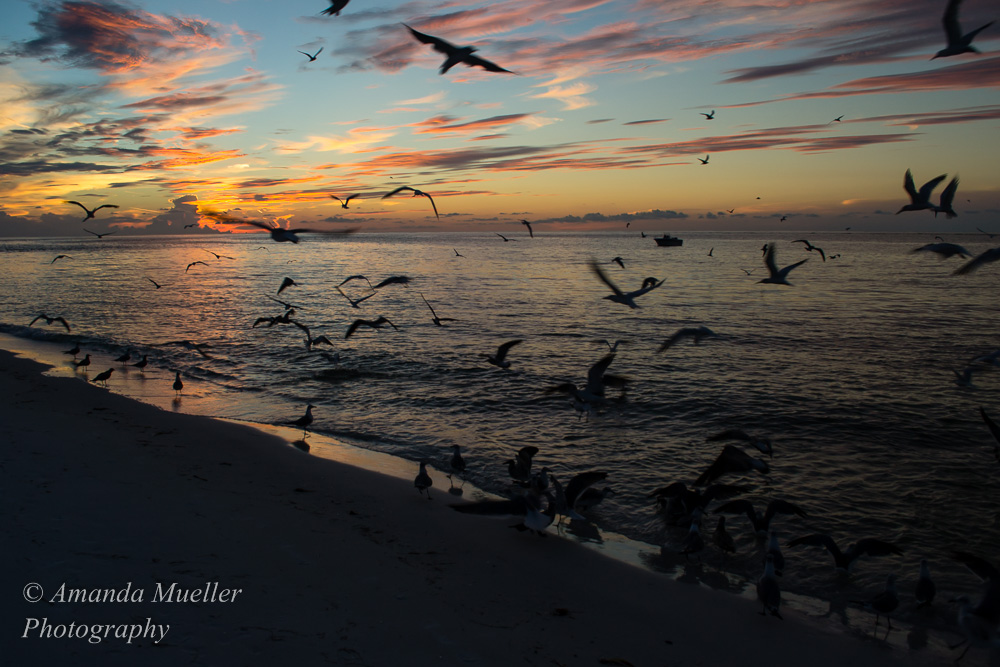If you are coming to or live on the west coast of FL, these places are great options for nature/bird photographers! They may not all be the most famous nature photography spots in FL but they are some of my personal favorites. If you have favorite images that you took at one of these locations, feel free to share a link to them in the comments.
#1 Myakka River State Park
Real Florida! It is beautiful and refreshing here in the spring. If you come in May and drive slowly through the park in the early morning, you might spot a mother Florida white tailed deer and her fawn. The boat ride might seem a bit tourist-y but it can get you up close for some good gator photos. I would recommend going here in the spring and being there when the park opens.
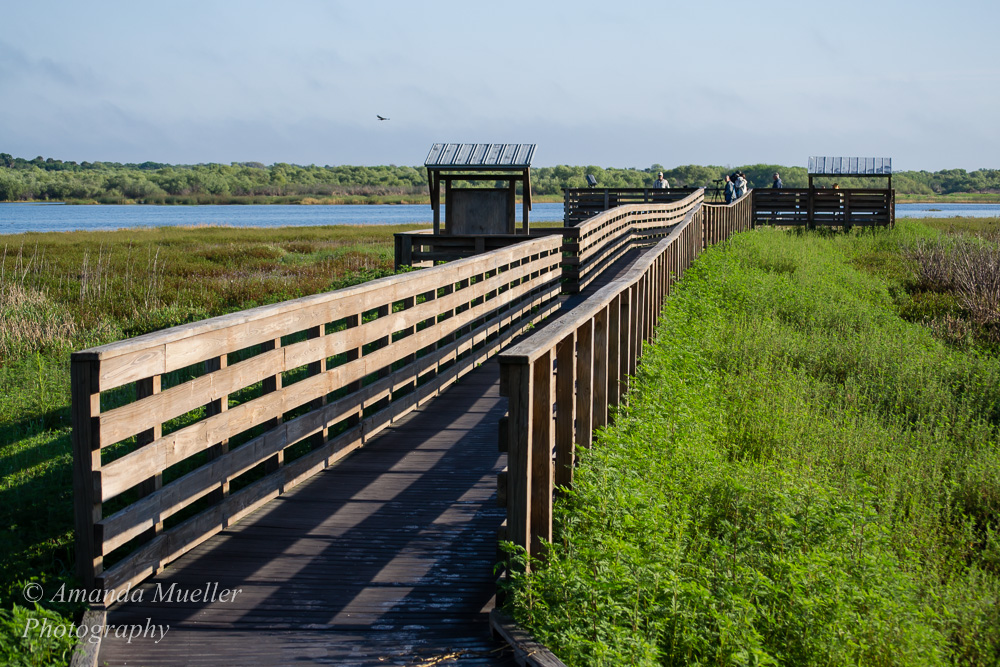
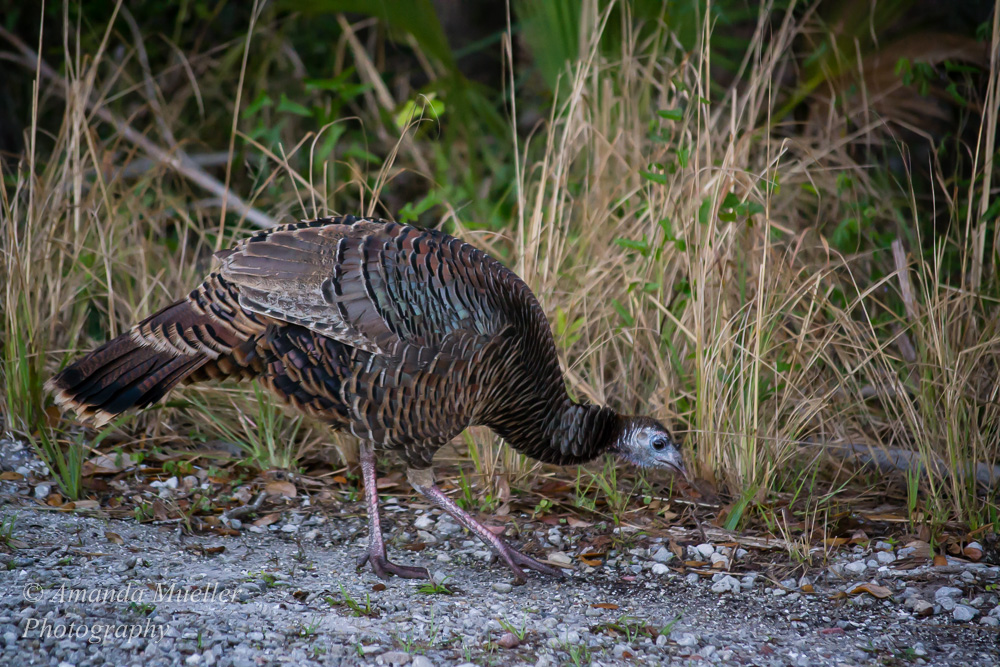
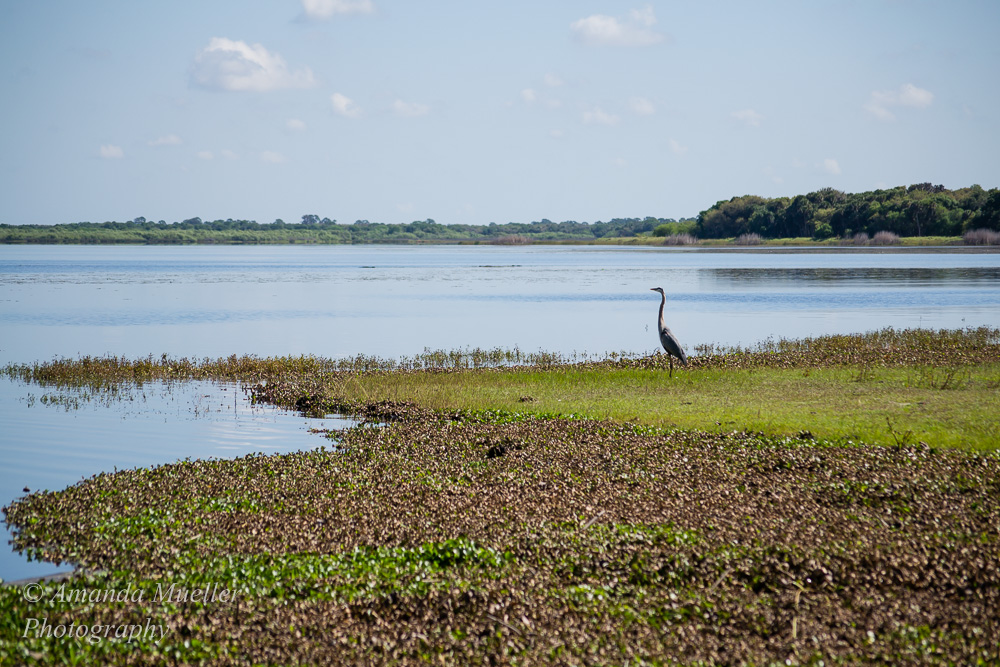
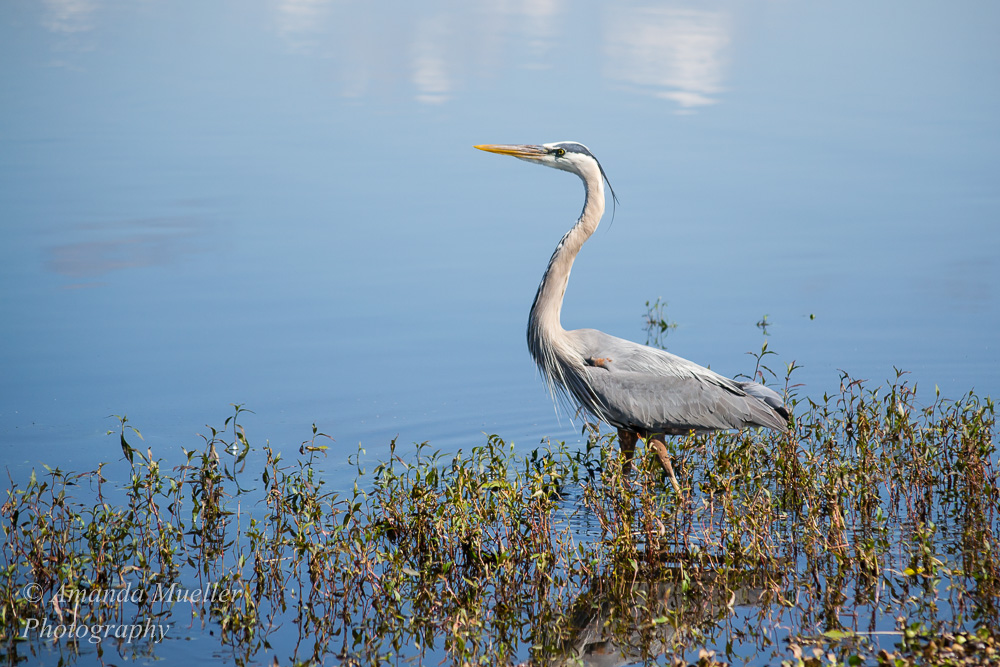
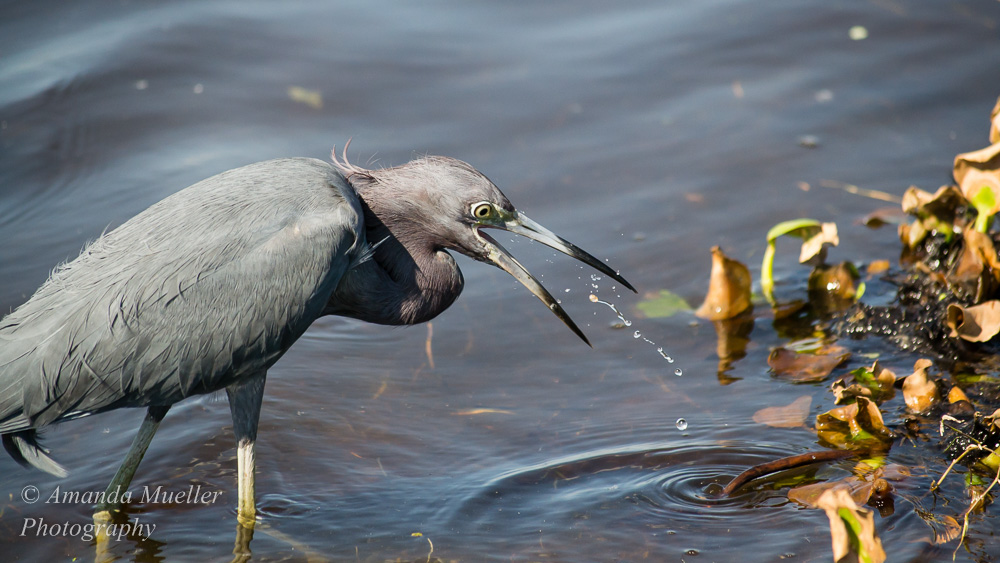
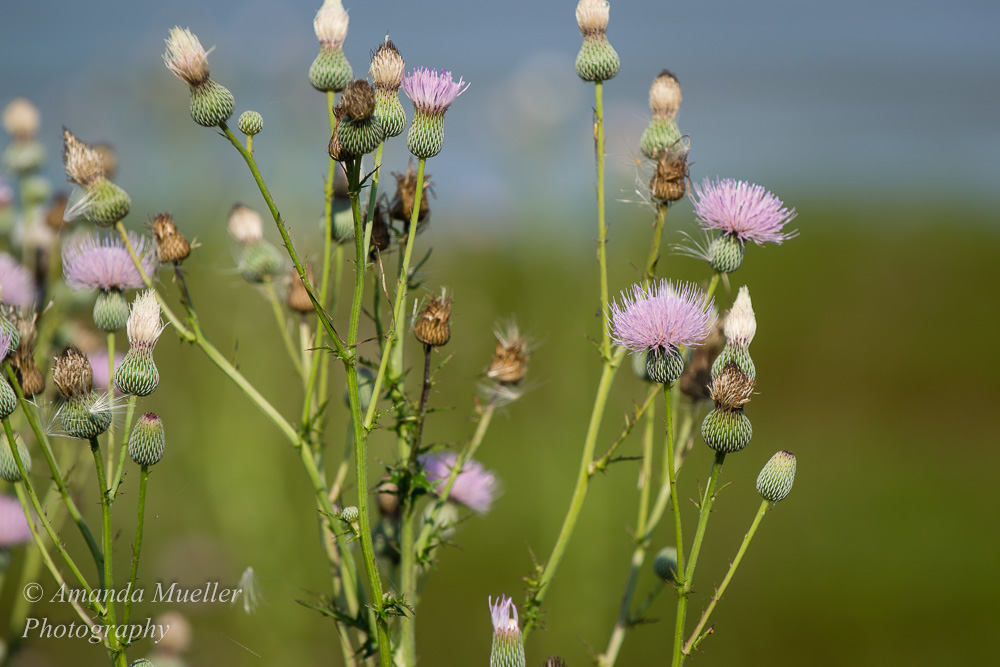
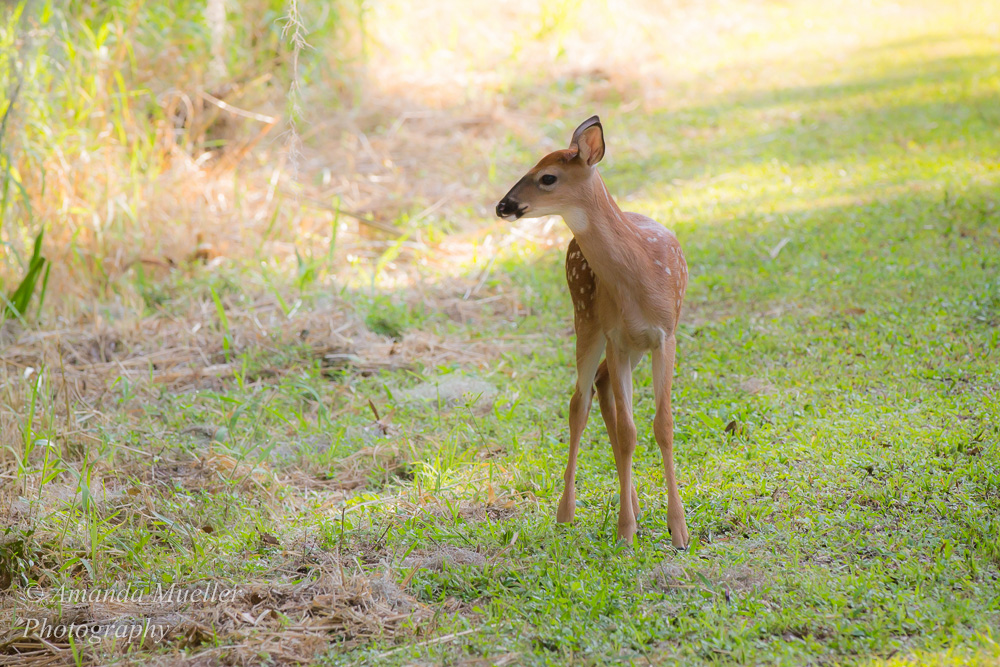
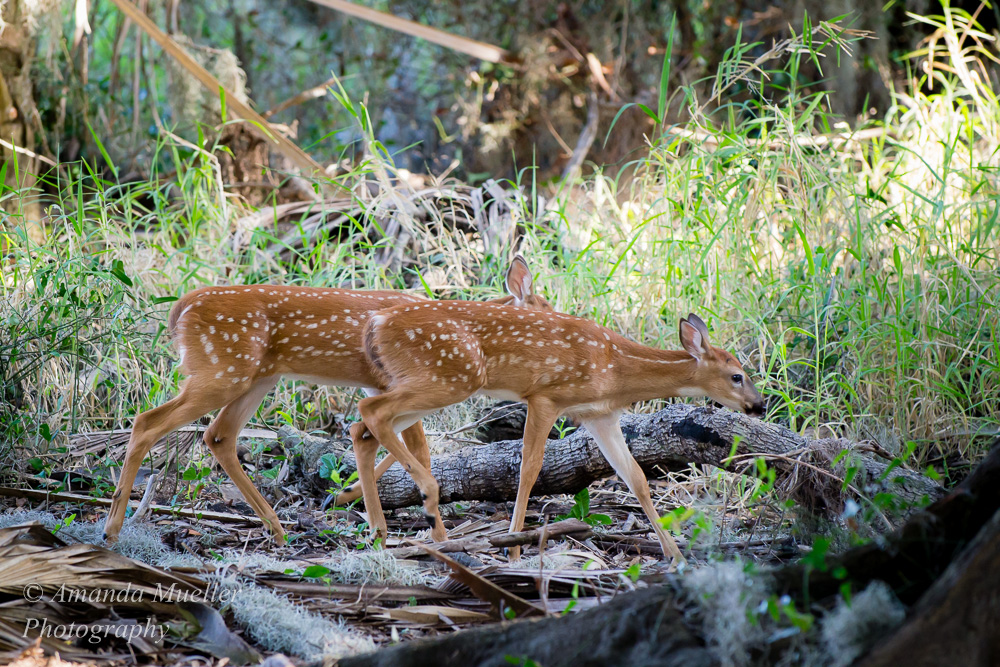
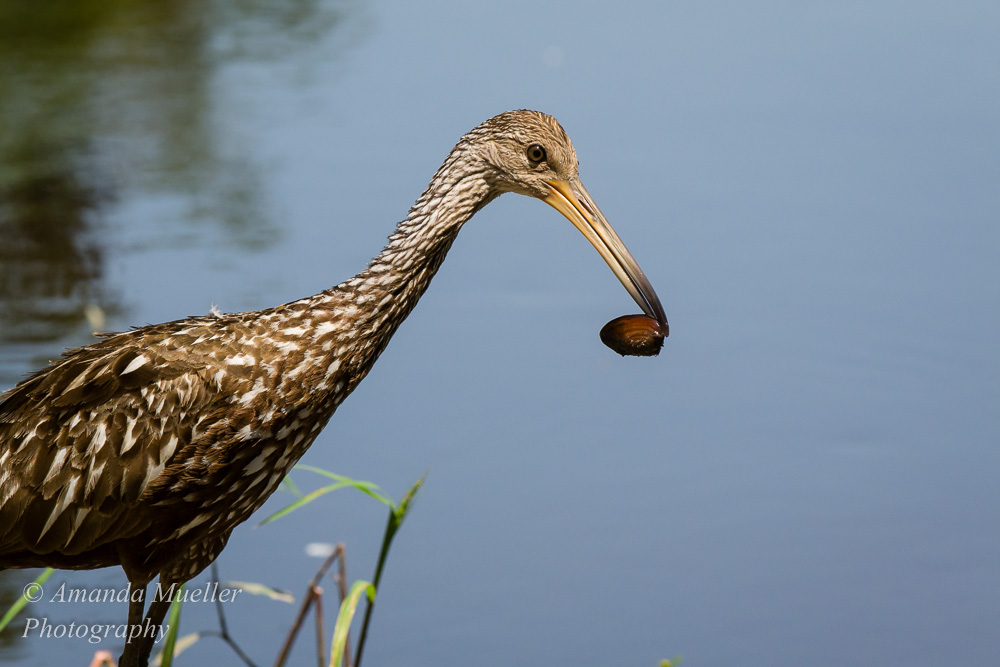
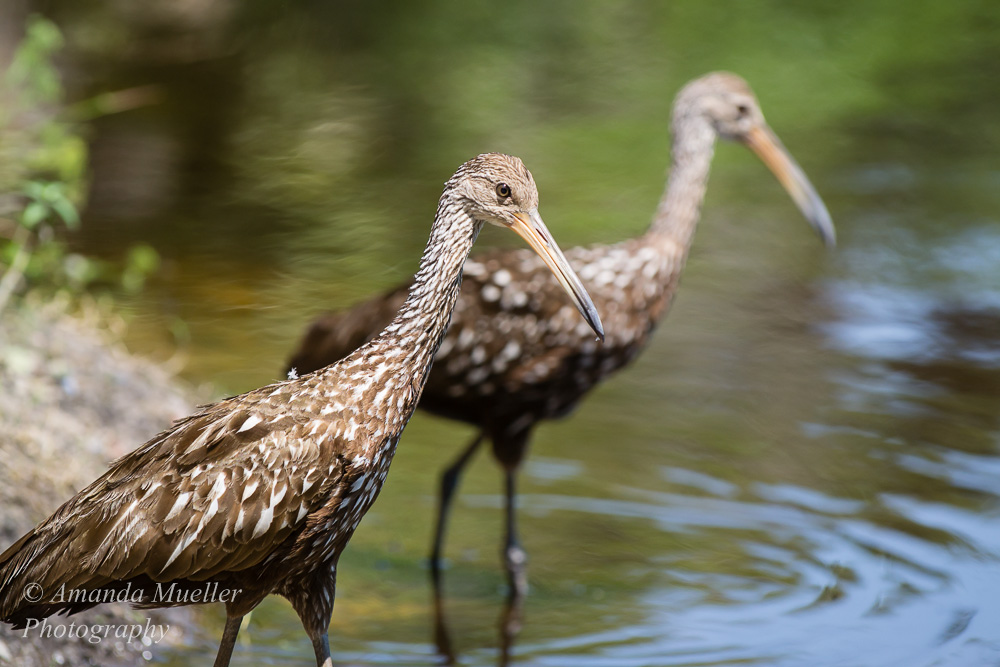
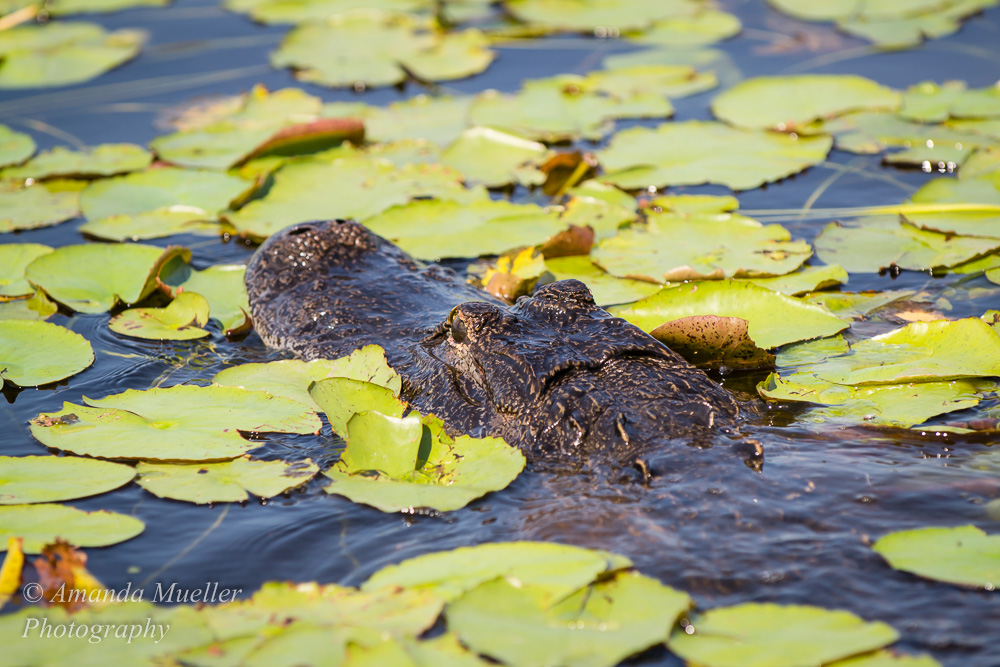
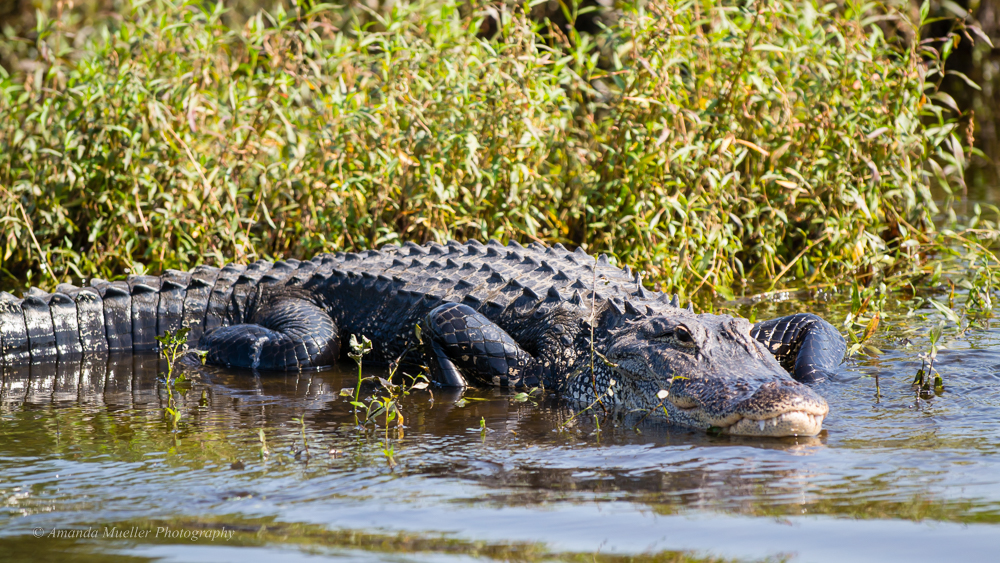
#2 Venice Rookery
This is a world-known birding spot and if you are a bird photographer coming to the west coast of Florida, it is definitely worth a trip. It is one of those places where you are almost certain to get a good shot because there is so much action and birds in flight. The rookery is a small park composed of an “island” in the middle of a smallish lake near a mobile home park but it is beautiful and the birds congregate there. There is a pavilion and picnic tables. On a busy day you could be in a line of photographers pointed toward the island. December through April or May is probably best for this location, and I would recommend going in January if you can. The species that I have seen there include great blue herons, great egrets, anhingas, a cormorant, green herons, black-crowned night herons, and glossy ibises. Bring a 300mm to a 500mm lens depending on your sensor size and a tripod or a monopod. For a treat, get there before dawn to watch the birds that sleep there during the night and leave for the day gradually fly away. Once the sun comes up, the front of the island which is closest to the shore, and probably the side that you’ll want to do the most shooting on is front lit. If you come back in the afternoon, you might get shots of backlit great egrets in their delicate breeding plumage, silhouettes against the sunset, and the golden hour light illuminating the birds. Some of my favorite shots that I took here were in the late afternoon.
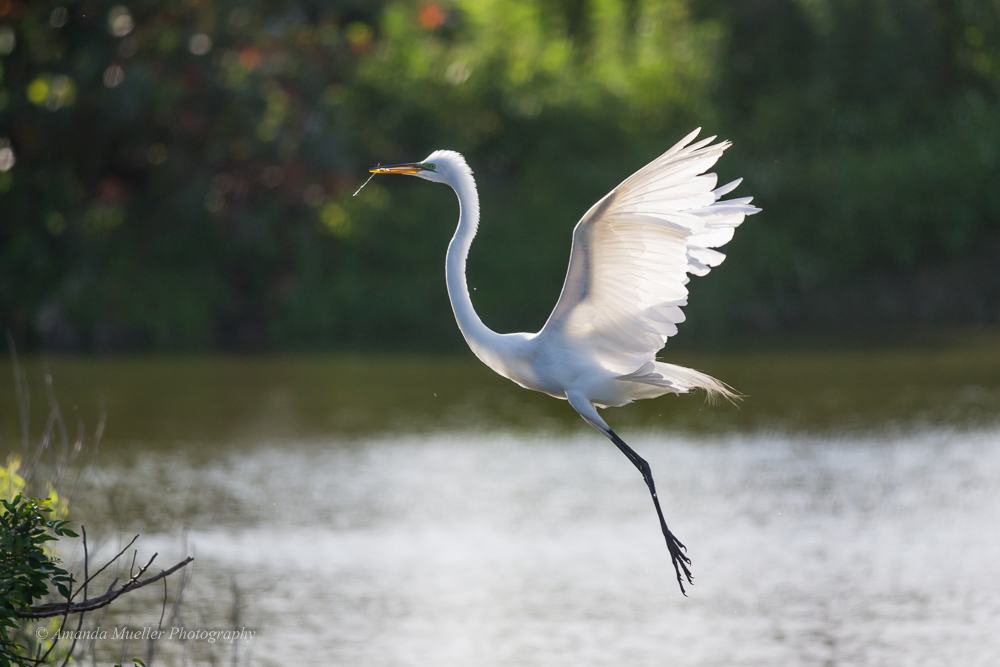
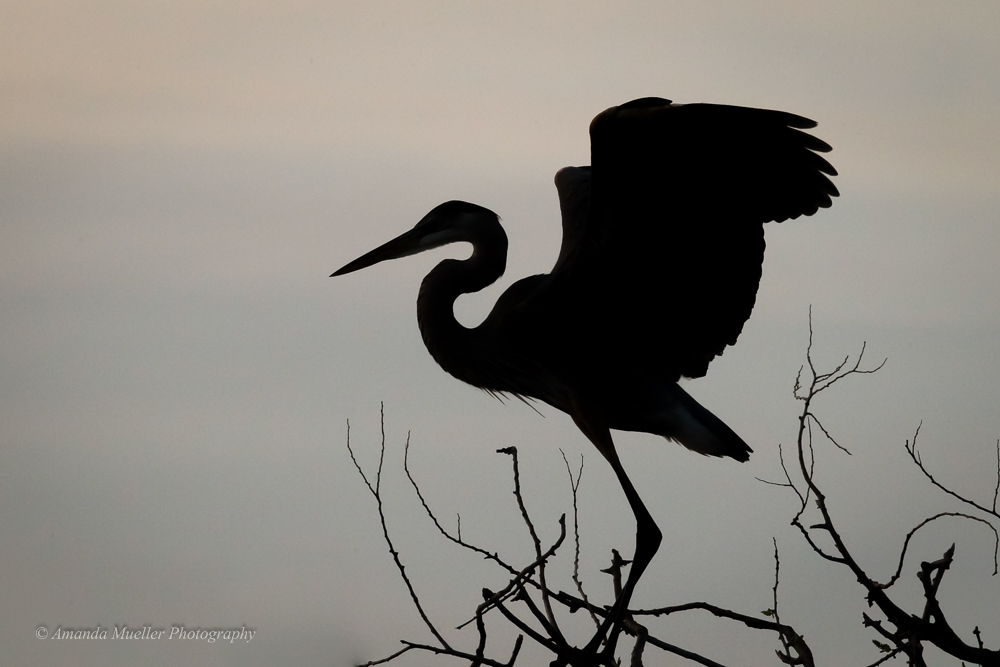
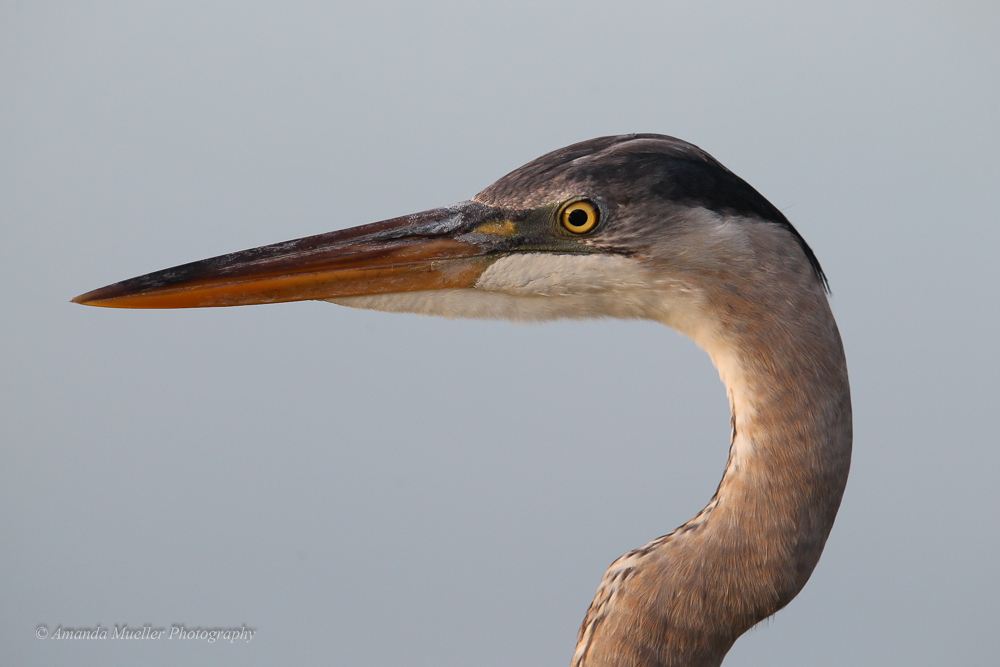
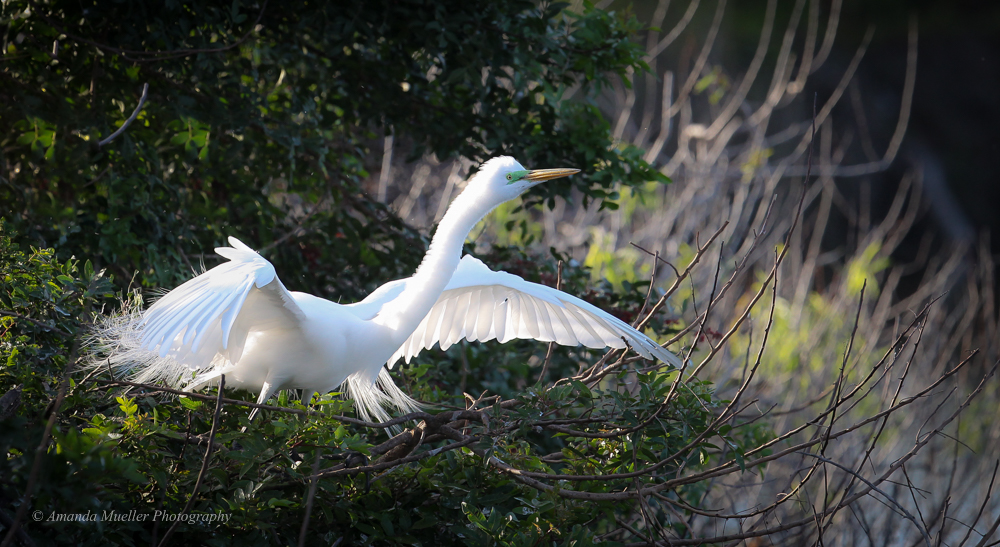
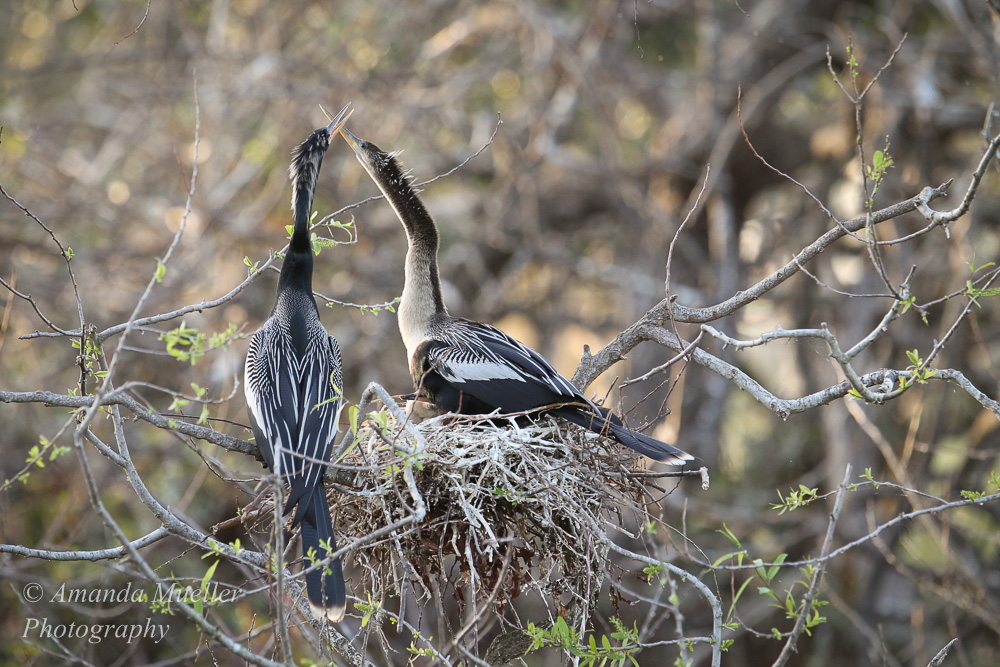
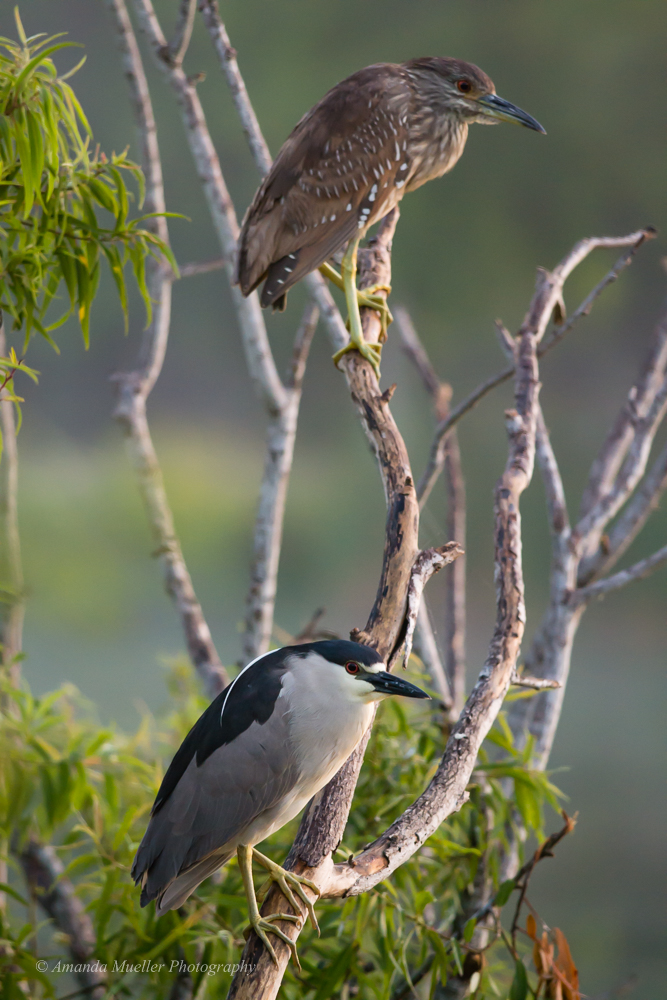
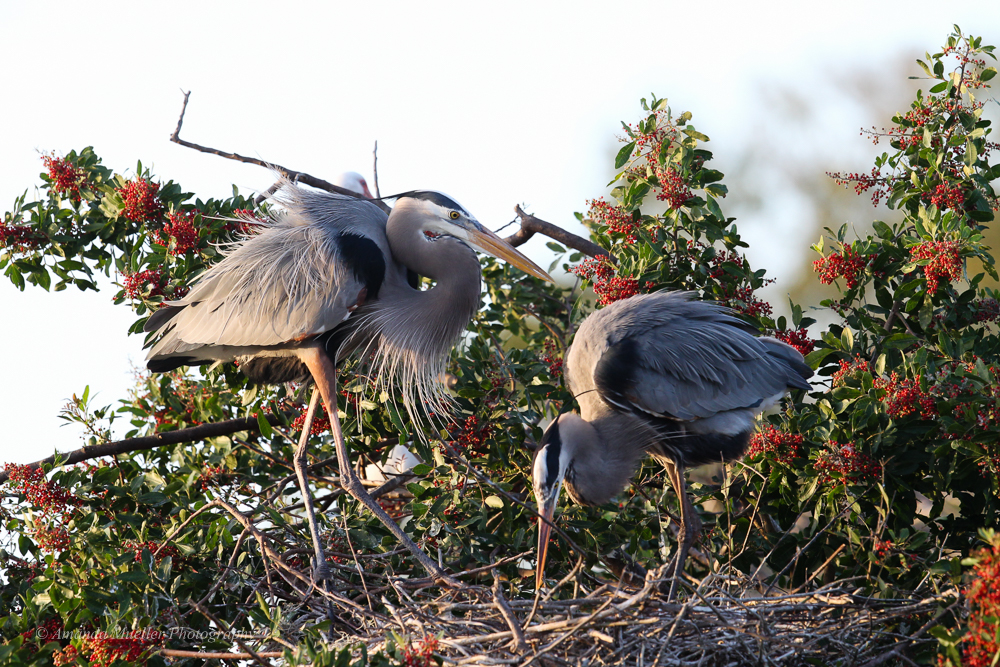
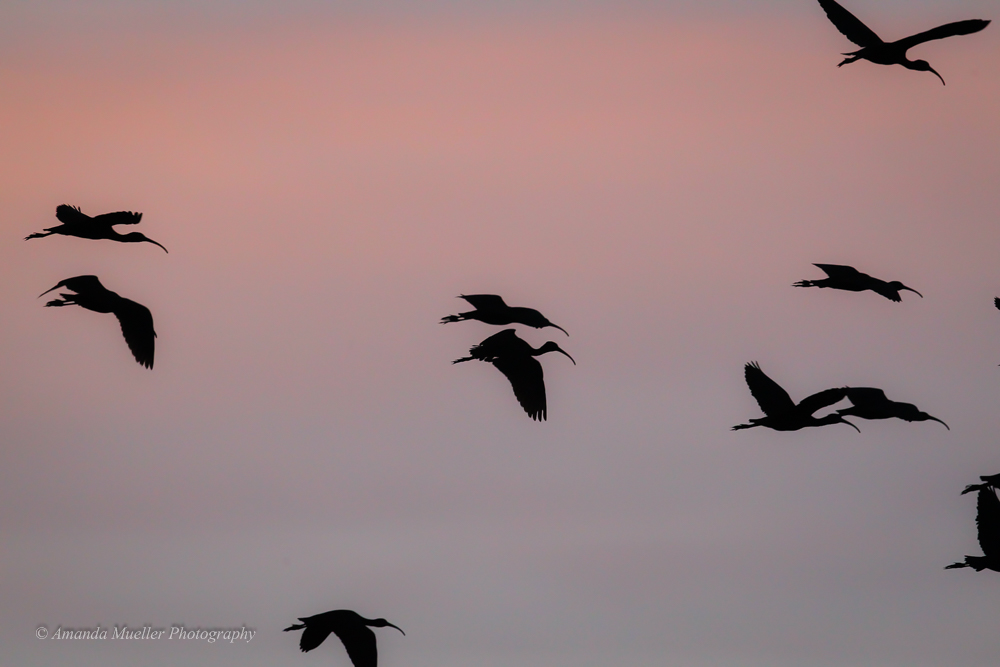
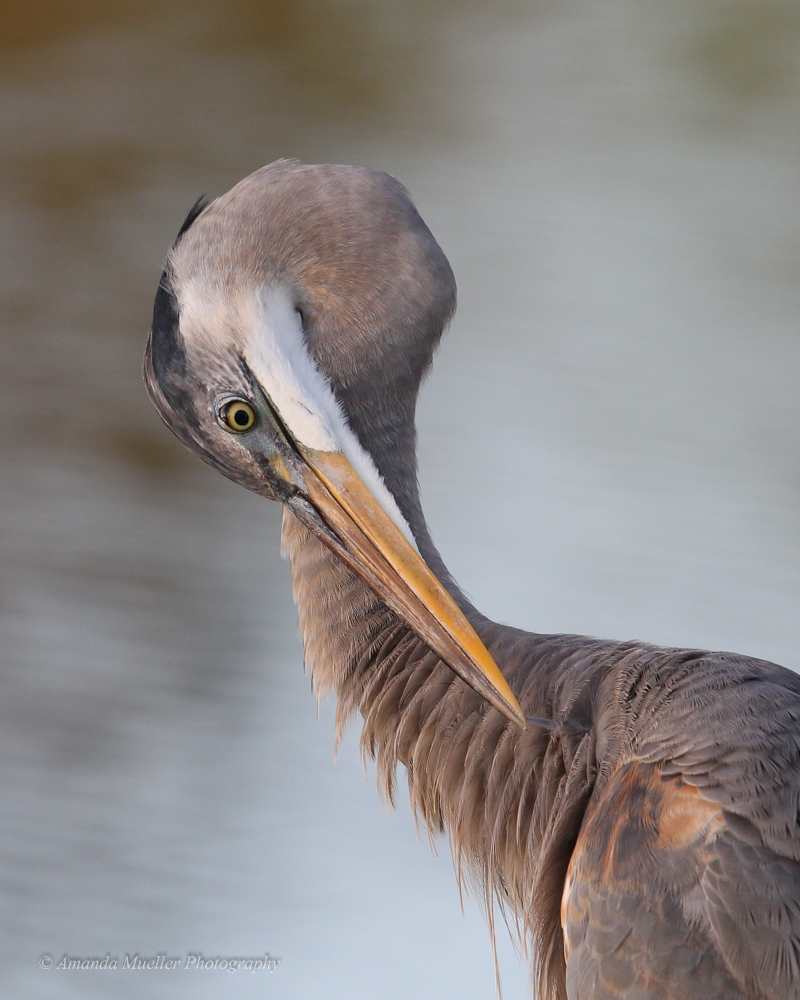
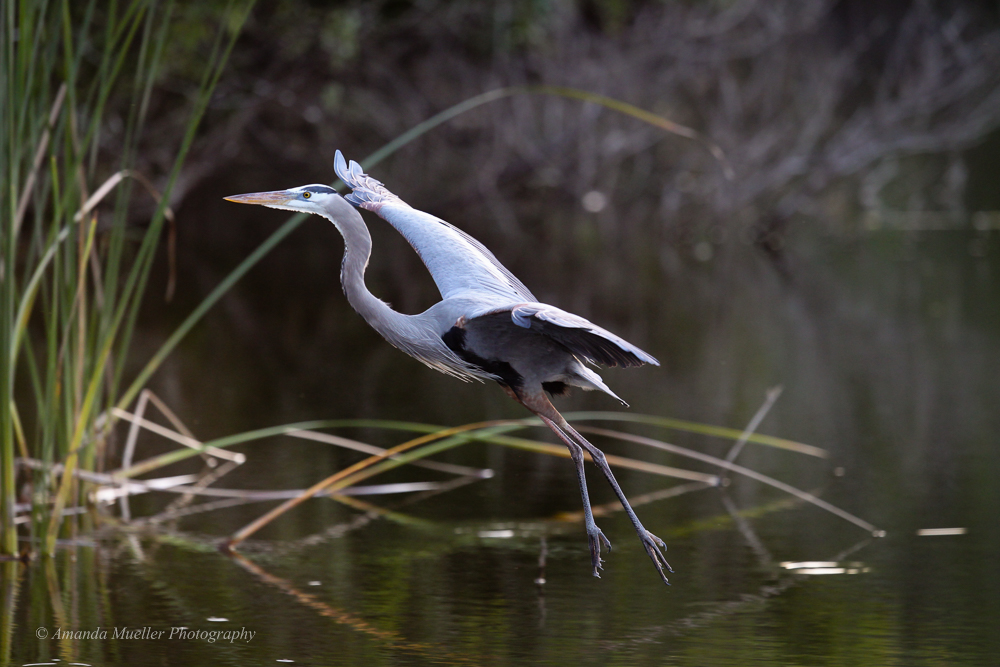
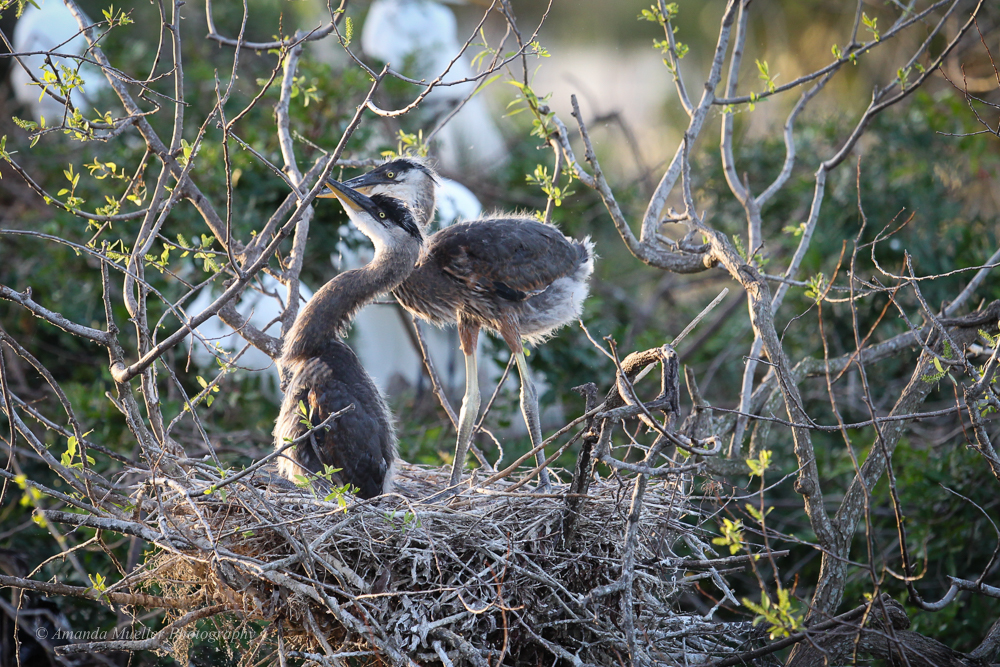
#3 Corkscrew Swamp Sanctuary
Corkscrew Swamp Sanctuary is a National Audubon Society sanctuary located in southwest Florida near Naples. It has a large area of cypress swamps that are very beautiful and the boardwalk that meanders through it add depth to images if you choose to include it. This park is real Florida! When I went there, I didn’t see much wildlife so I would recommend this location for landscape photography, but your visit might be different and you might see a lot. I went with my family and we did spot a huge gator (it’s the one in the picture below and it doesn’t make it look as big as real life.) I’ve seen a lot of alligators in my life and this one was BIG! Morning or late afternoon (soon before they close) are probably best here for photographers.
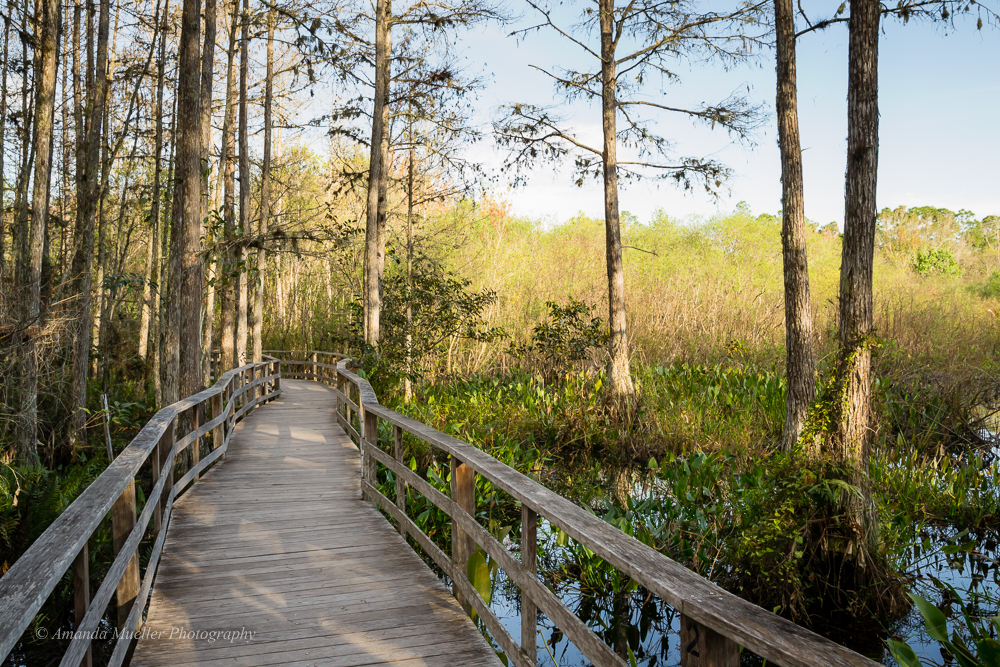
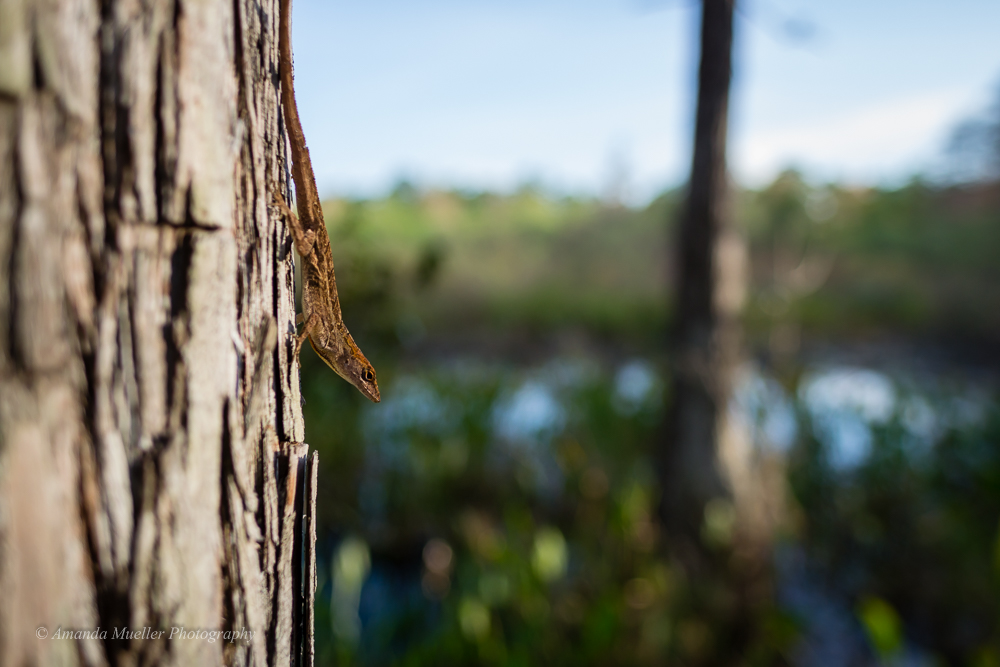
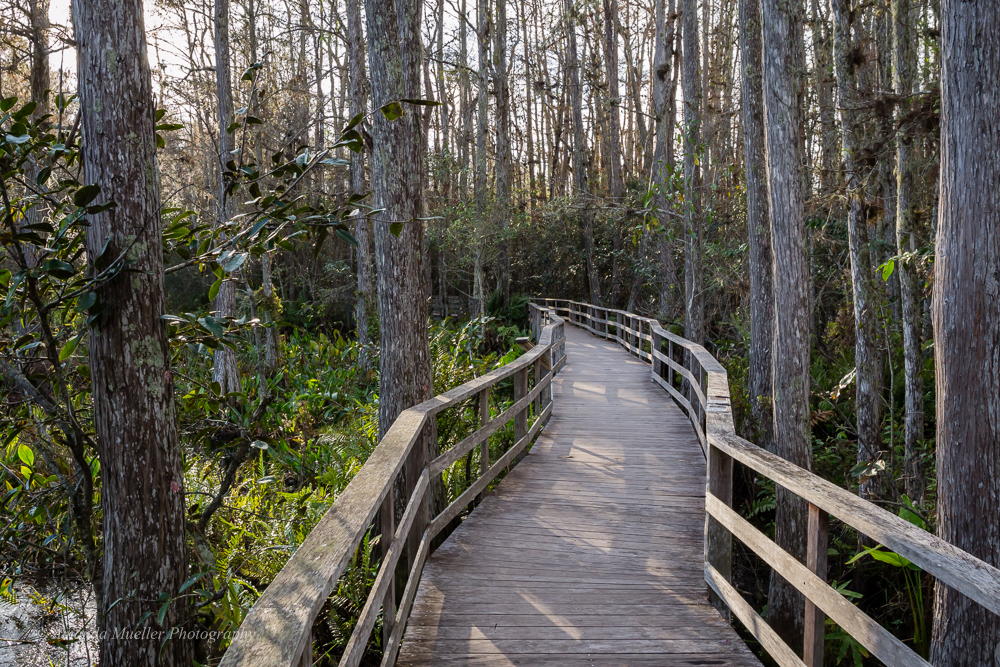
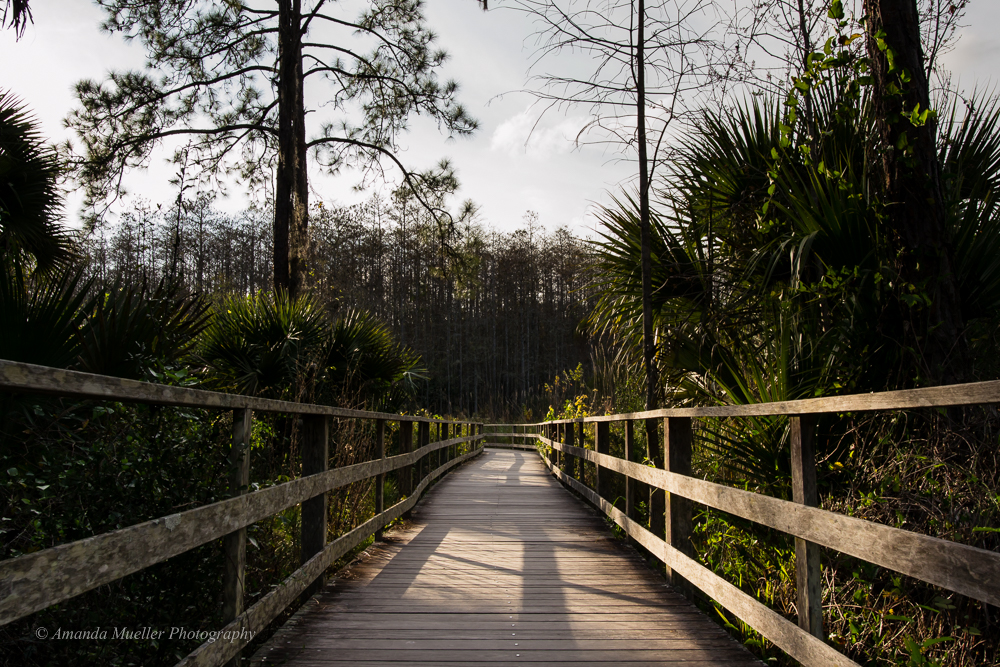
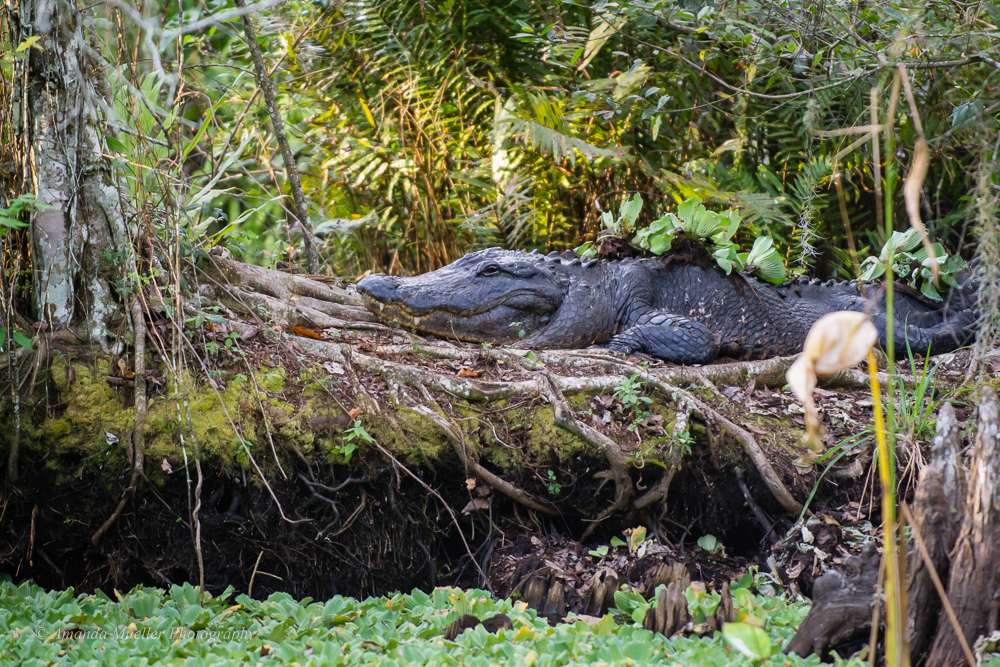
#4 Cape Coral Burrowing Owls
They are so cute and they look at you with those intense little stares. I’d recommend coming here April through early June. Other times may be profitable also but I’m not sure. Just drive around “downtown” Cape Coral and keep your eye out and you will probably see them. I have found that the best spots are vacant lots and the perimeter of the school or ballfield ( I can’t remember which one now!) The burrows are marked with stakes in the ground and are easily spotted. It’s such a blessing to observe God’s creatures up close but remember to keep your distance and respect the owl’s homes. The recommendation (I believe) is no closer than 15 feet away to stand. The owls are fairly approachable and curious. Depending on your camera sensor size and how big you want the owl to be in the frame you may want to bring a 70-200mm lens and a 300mm or 400mm lens. Tripods are not ideal here (at least for me) as you want to get low to the ground to get on the owl’s level and not be looking down at them, but if you want to use one you’ll have to get it low to the ground and have the patience to move it around. The Lord blessed us with the opportunity to see lots of owls when we went and I got to observe and photograph a preening session between two owls. Be there early in the morning!
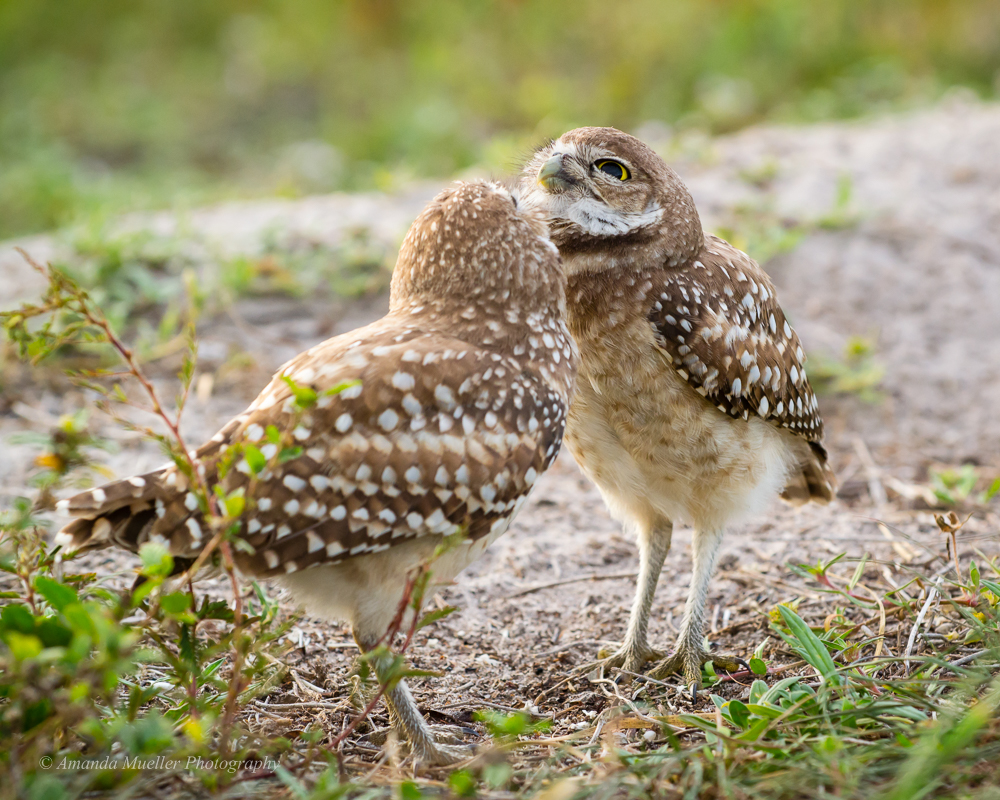
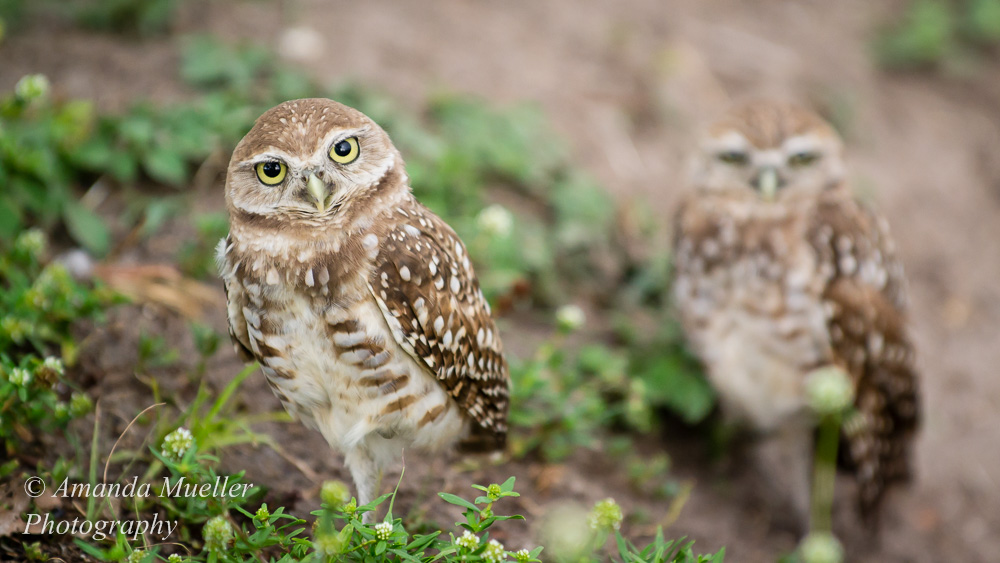
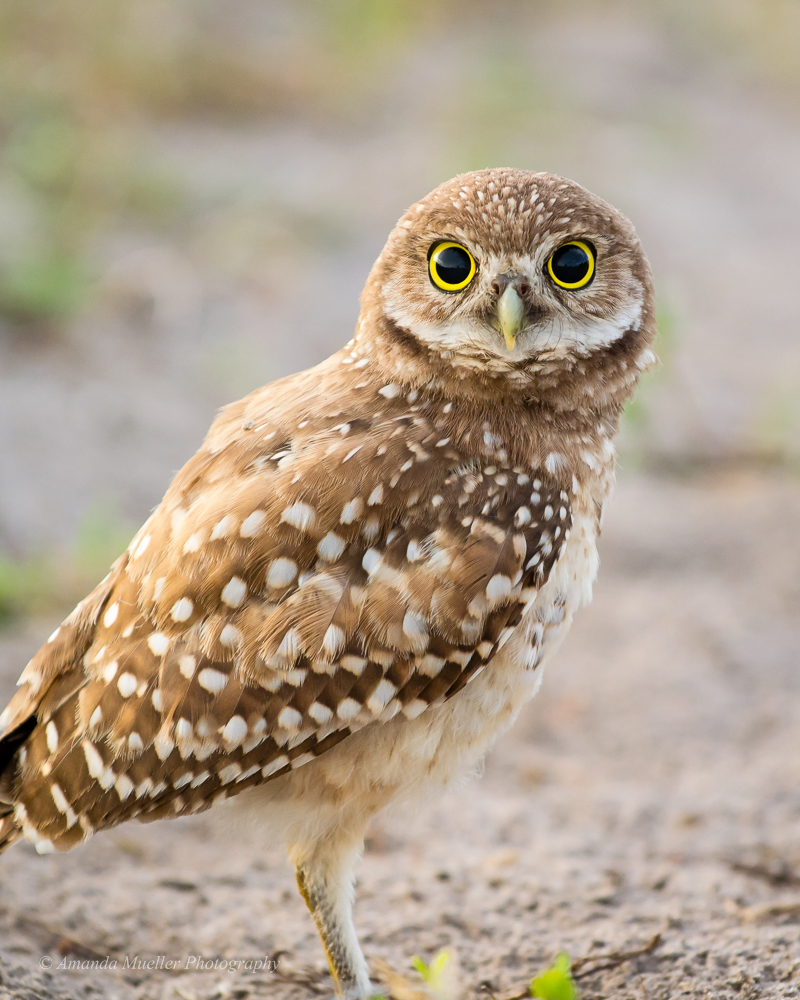
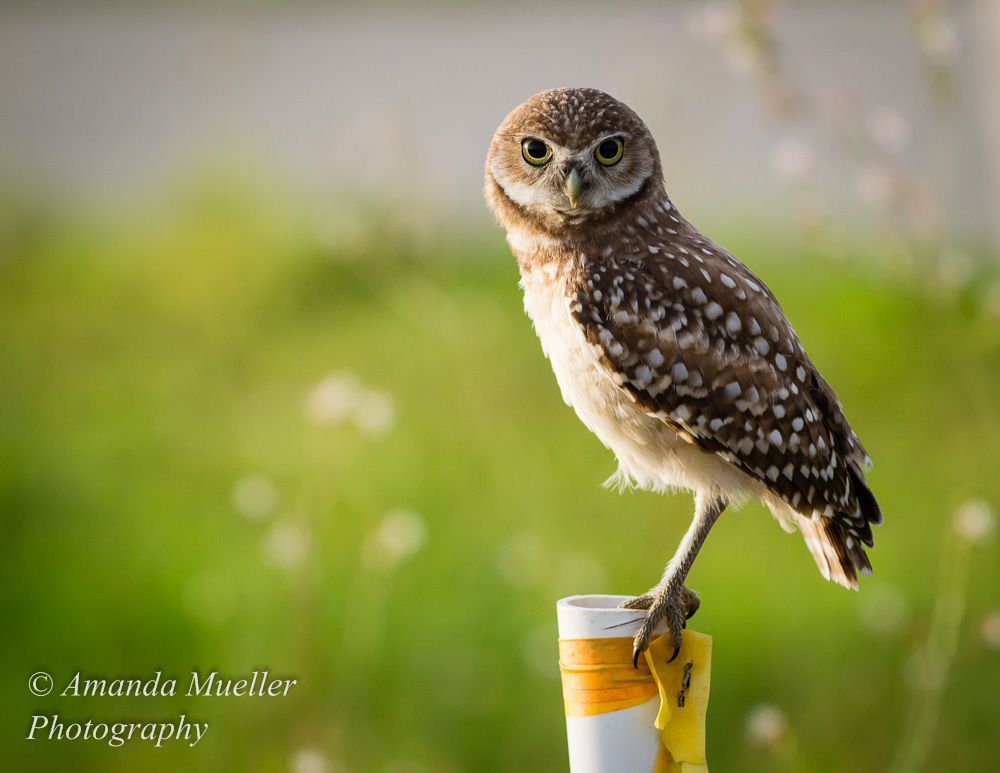
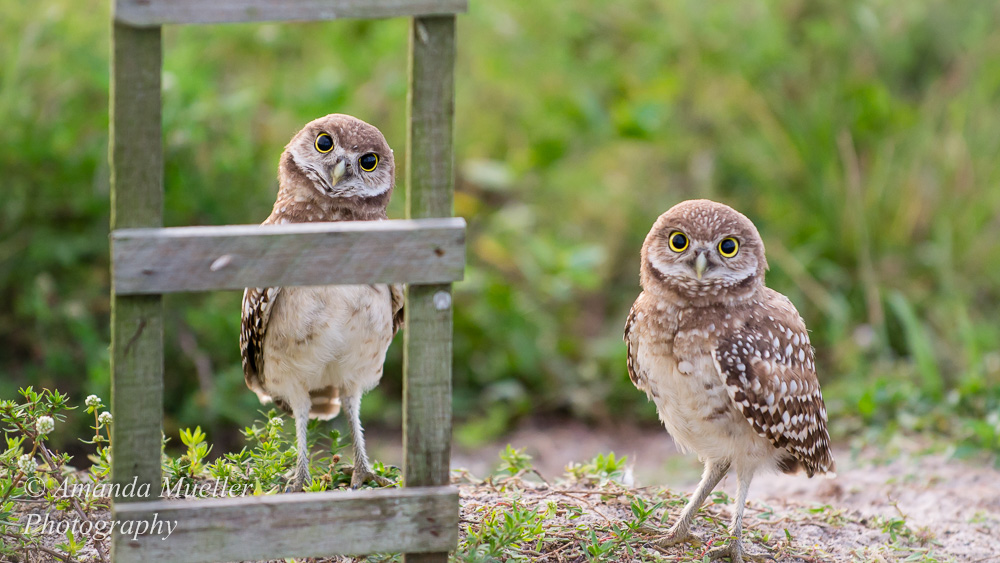
#5 The Point on Anna Maria Island
This is one of my “secret” spots. To access it we park along the side of the road in the parking areas and walk to the path that leads through a sea grape thicket and over a boardwalk. It is not usually very crowded and that is partly why I like it here as I mostly don’t like to go to the beach except for when there are few people there.
